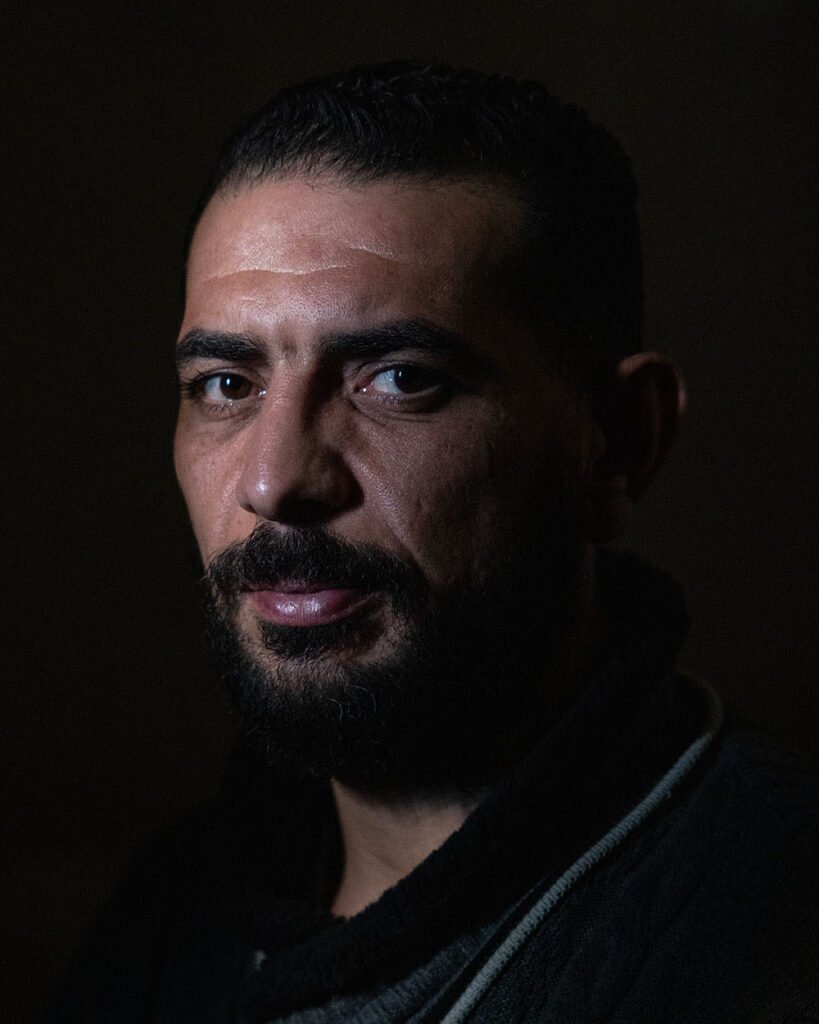Utah’s capital city has already surpassed its $500,000 goal to support employees affected by last month’s fire that destroyed four prominent bars and restaurants along Main Street.
However, the city might not be done as it explores ways to help fund the rebuild of those businesses, and support the businesses that escaped it mostly unscathed.
Salt Lake City is considering a new disaster loan program that would provide up to $1 million to owners of the four affected businesses to help them with their rebuilding efforts. It is also looking to allocate and reallocate various funds to create a temporary barrier along the sidewalk, making the area more accessible in the long term.
“This feels very much like the things that we created with the business community in response to residents being displaced during the pandemic, so the tools that we are proposing here are sort of ones that we’re dusting off from that time,” said Salt Lake City Mayor Erin Mendenhall, adding that some of the newly-proposed funds come from leftover money from those programs.
But some members of the Salt Lake City City Council also expressed concern about the concept and how it is applied.
Proposed city aid
Several measures tied to the proposal were unveiled during the City Council’s work session on Tuesday, but they would be split up through a pair of governing bodies.
A disaster loan program would be administered by the Salt Lake City Community Reinvestment Agency, an agency led by Mendenhall and members of the City Council. Those who receive the up to $1 million loan would pay 0% interest and no payments would be required in the first two years. Interest rates would range from 2% to 5% in the years that followed.
Another $327,000 from the city’s emergency loan program and $273,000 from the general fund would be pooled together for a $600,000 business support fund for five businesses most impacted by the fire, administered by the City Council. Each business could receive up to $100,000 through a no-interest loan that would be repaid in five years, with an option to defer payments for up to two years before having to repay the loan.

The loans aim to provide “gap financing” that accelerates the reconstruction process, according to the city.
“The purpose of these loans will serve as a bridge to assist businesses to reestablish operations as soon as possible,” said Jacob Maxwell, deputy director of the Salt Lake City Department of Economic Development.
Two other measures would be included in an amendment to the city’s 2026 fiscal year budget, along with the $600,000 fund.
- Another $80,000 from the general fund would be allocated toward installing new barriers outside the damaged businesses along Main Street, enabling “safe pedestrian passage” in the area for people visiting businesses that remain open. It would replace the current sidewalk closure that many people have ignored, according to the city.
- $100,000 would also be transferred from the Relocation Assistance for Tenants program to a new Main Street Fire Rental Assistance Program. It would go toward employees displaced by the fire who live in Salt Lake City and have a combined household income that’s 80% of the area’s median income.
Businesses that suffered thousands of dollars in other damages associated with the fire may also be eligible, Mendenhall said. The city views the area to be a “core block” of Main Street, which is why it would like to rebuild the affected businesses as quickly as possible, city officials wrote in an adjoining memo.
The next steps
City leaders appeared conflicted on the measure as it was discussed publicly for the first time Tuesday.
On one hand, it helps a vital downtown block rebuild faster. Salt Lake City Councilwoman Victoria Petro suggested imposing potential fines after a certain amount of time to encourage all property owners to build more quickly rather than keep spaces vacant, especially since some rebuilds could take a long time.

White Horse Spirits & Kitchen was ultimately found to be the least damaged of the four, but its reopening is still not expected to be until early next year. It’s tentatively scheduled to reopen in mid-February, according to Yelp.
“I favor strategies that not only help the workers but return them to stability the quickest, which, for me, would mean programs that incentivize reopening these businesses,” Petro said.
Business in the area appears to be slower since the fire, so there’s a greater city incentive to get the businesses reopened quickly, added Councilwoman Eva Lopez Chavez, whose district includes downtown. She views the proposal as an option that the city could use in case of future emergencies in other areas.
On the other hand, the proposal is narrow and doesn’t come with guarantees that the businesses will reopen in the exact location or in the city at all, said Salt Lake City Council Vice Chairman Alejandro Puy.
While voicing support for the Community Reinvestment Agency loan, he raised concerns about the additional loans because of that issue. He suggested that any city investment is “narrowed down” to ensure that it benefits Main Street, while also engaging in policy discussions on when and where certain parts of the request are utilized.
Those are concerns the City Council could add to the language as it goes through a legislative process, Mendenhall said. Any approved changes could be saved and used in case a similar emergency in another part of the city emerges.
A public hearing on the budget amendment is slated for Sept. 9 before the City Council vote, tentatively taking place either after the hearing or next month. More details about the Reinvestment Agency loan are also slated to be discussed during its meeting earlier on the same day.







